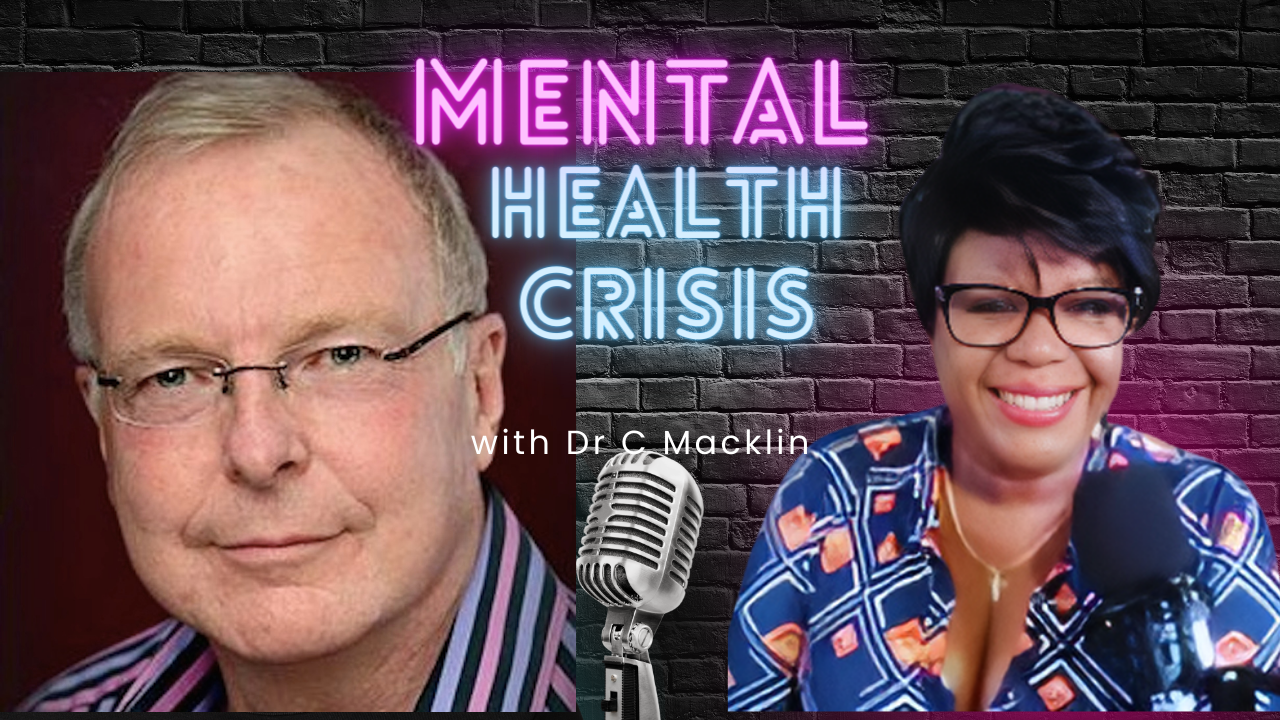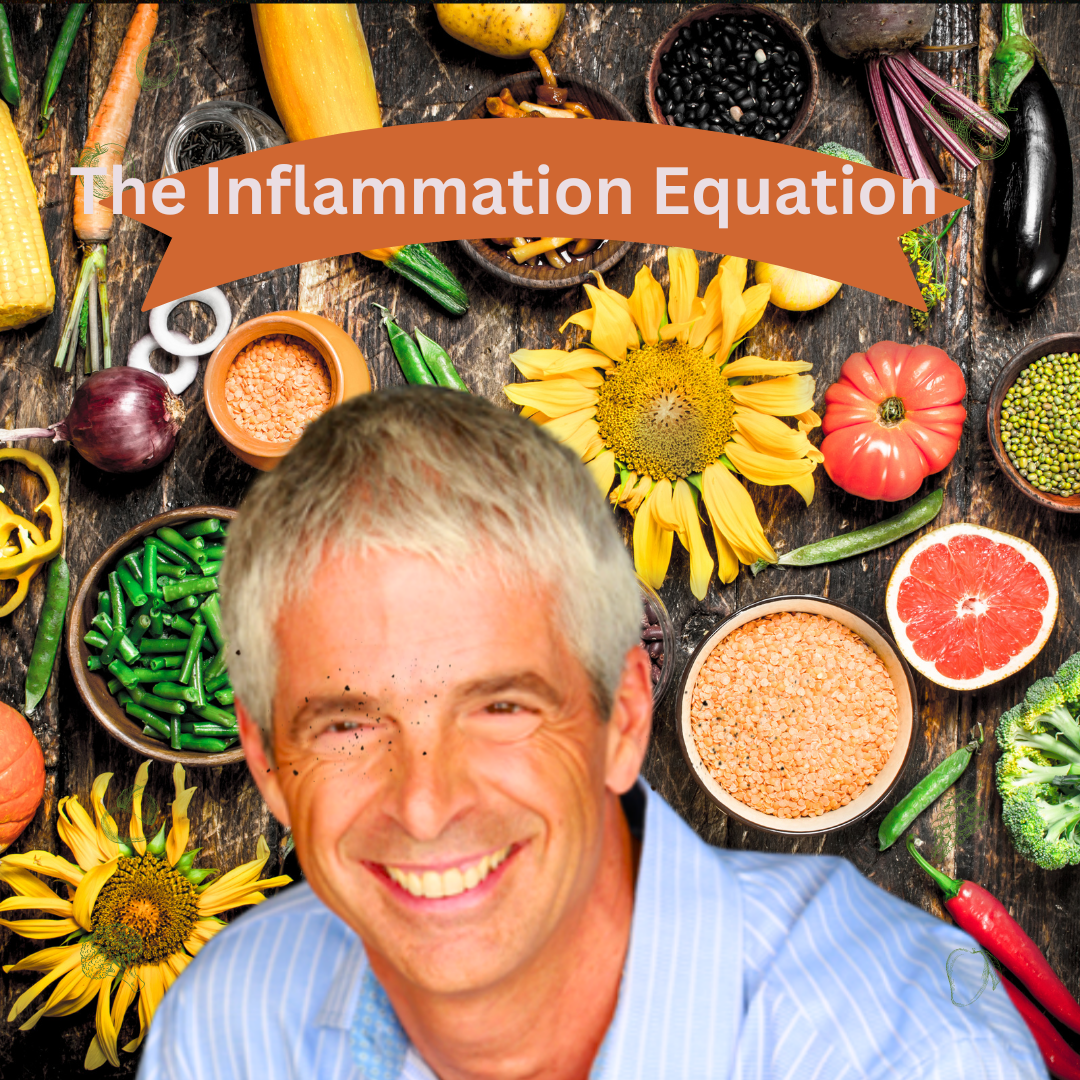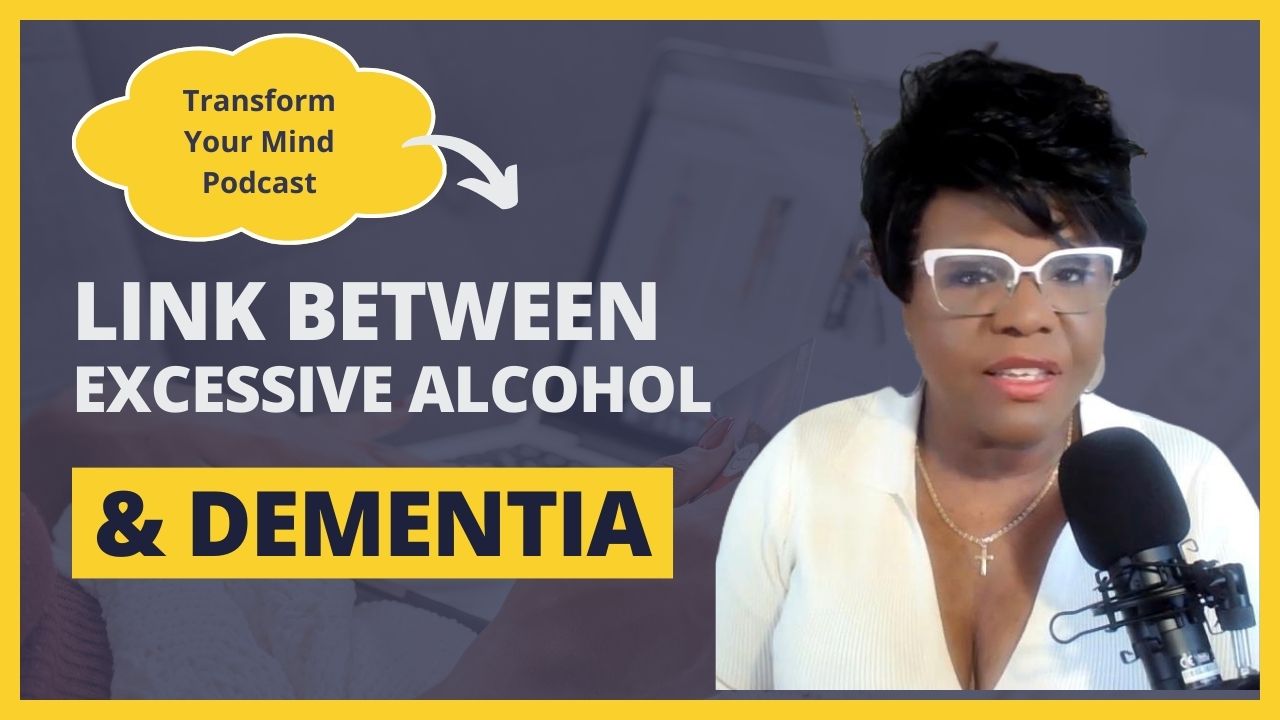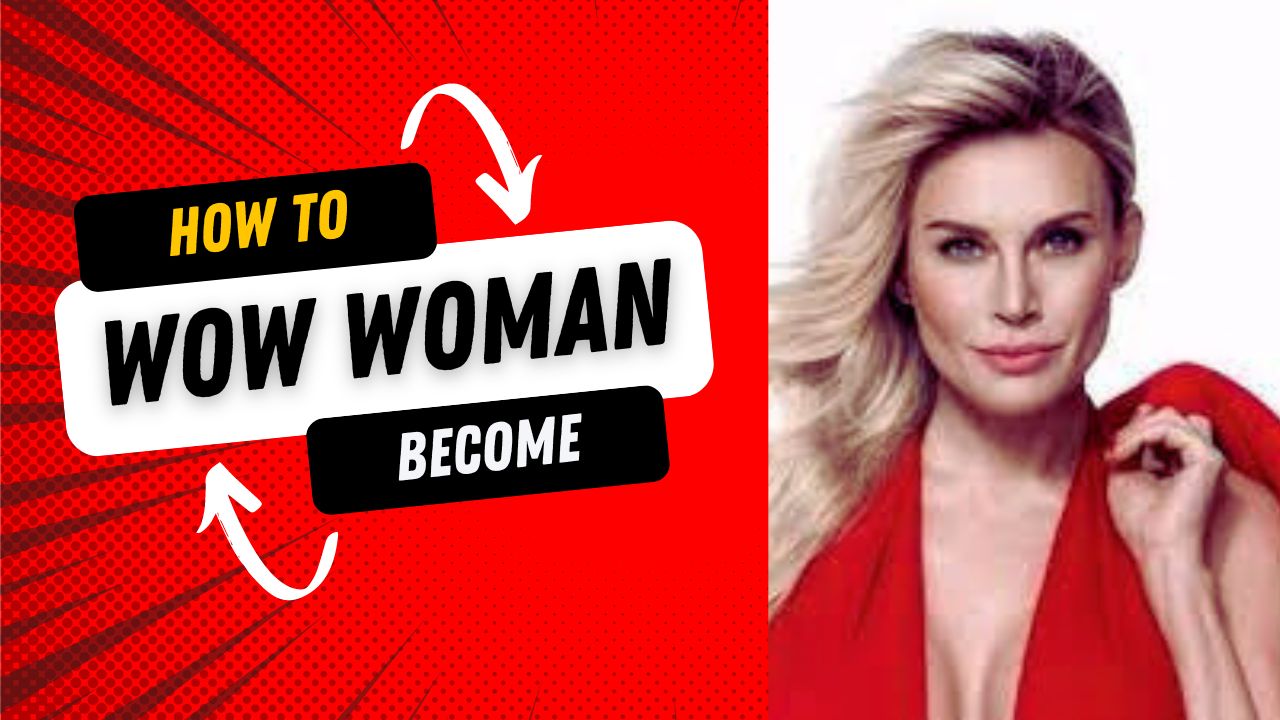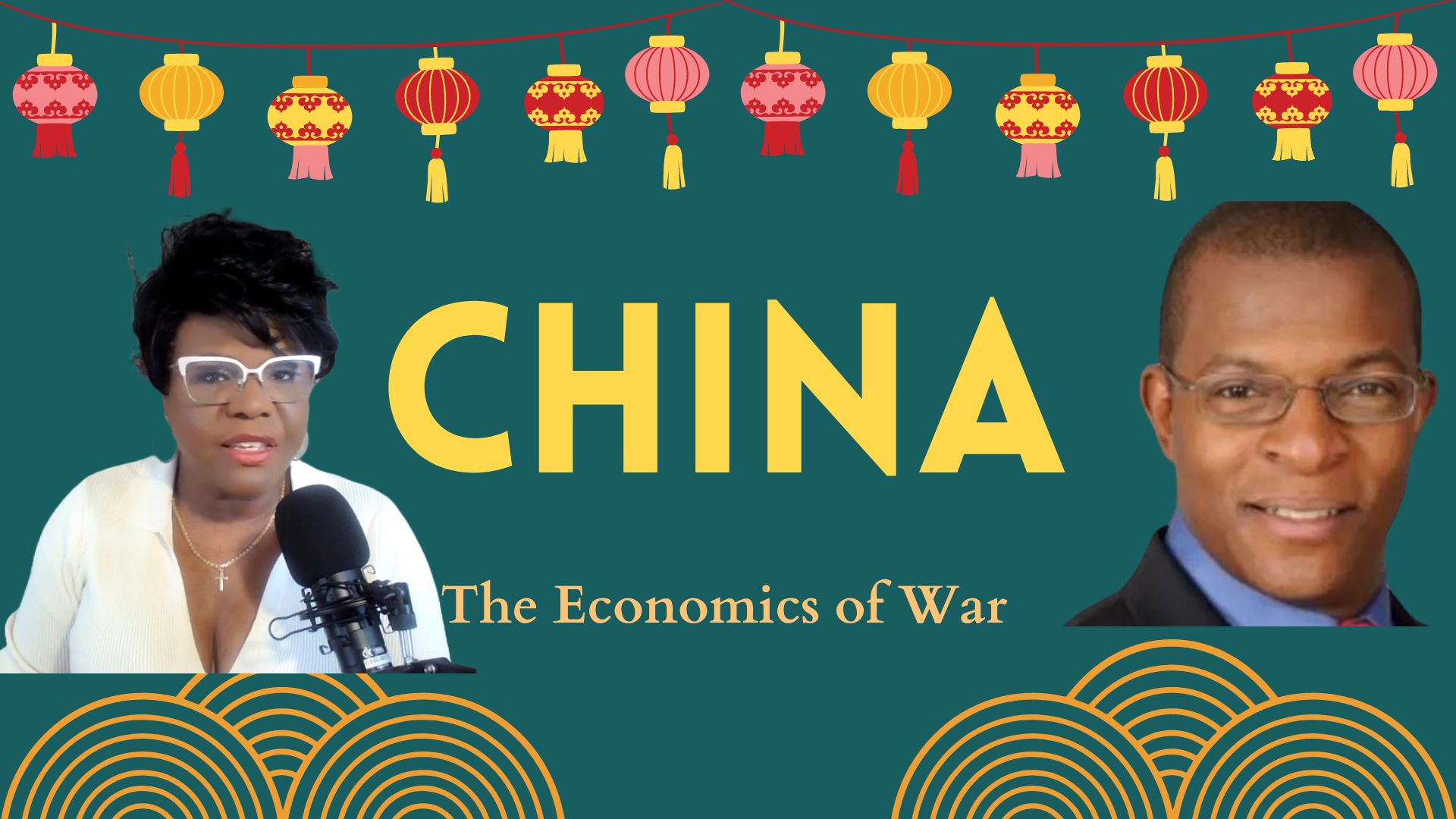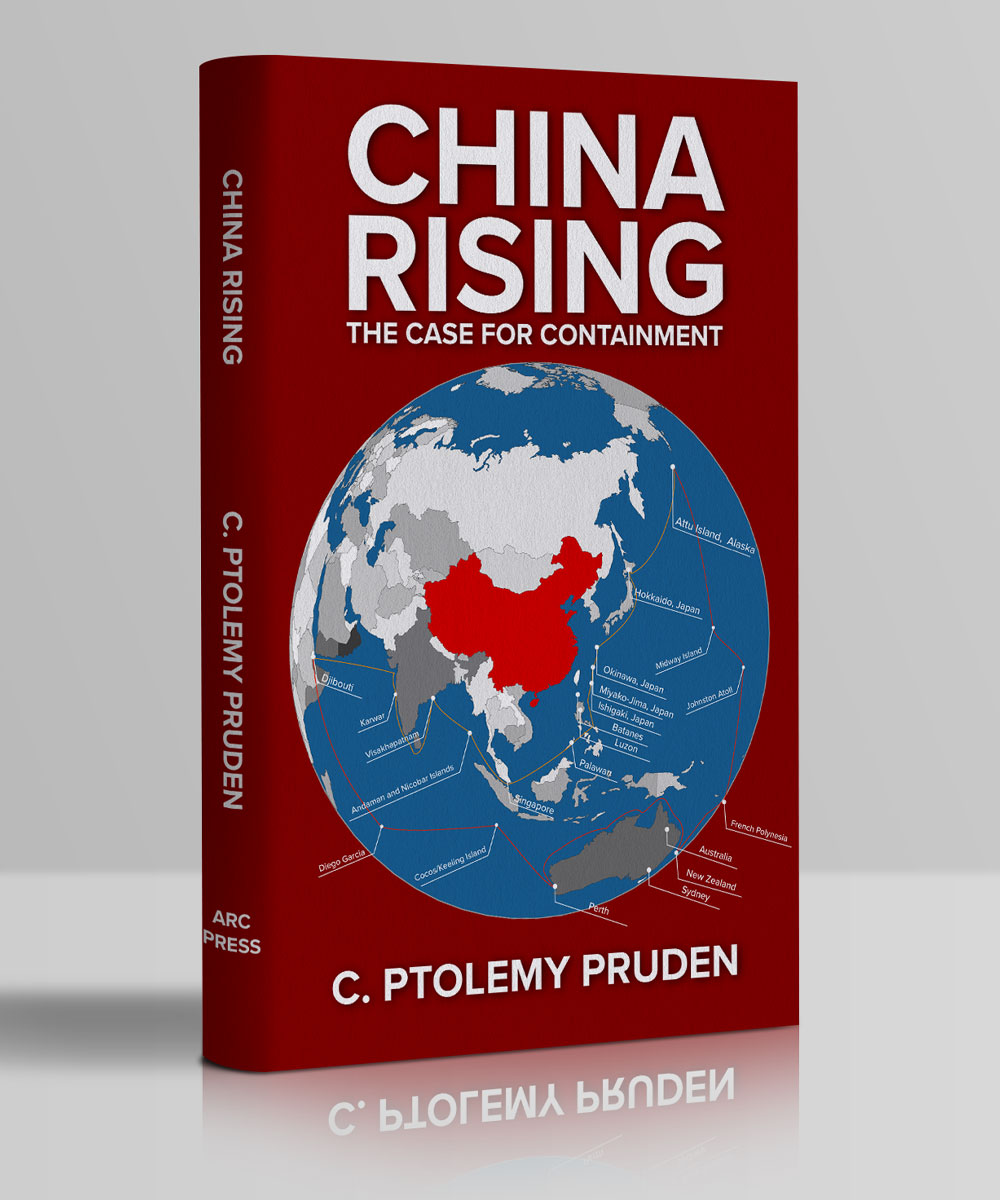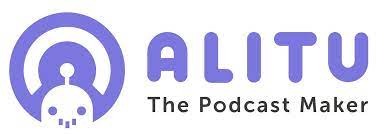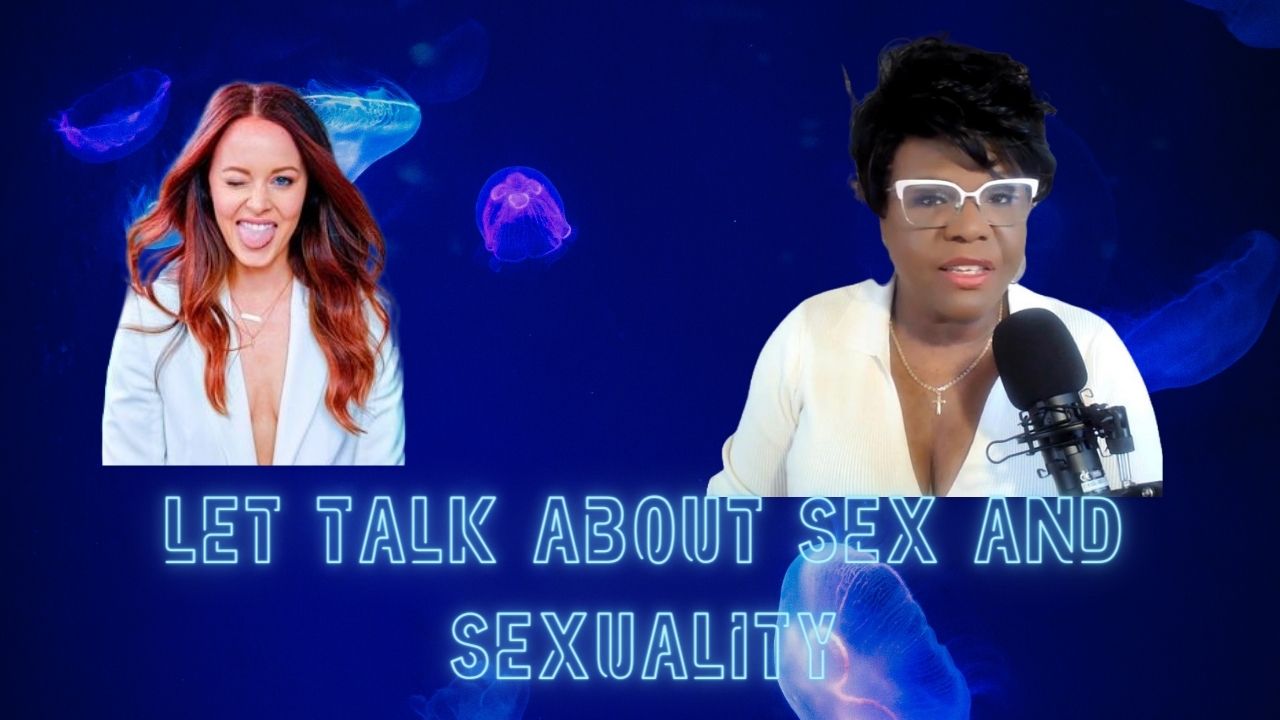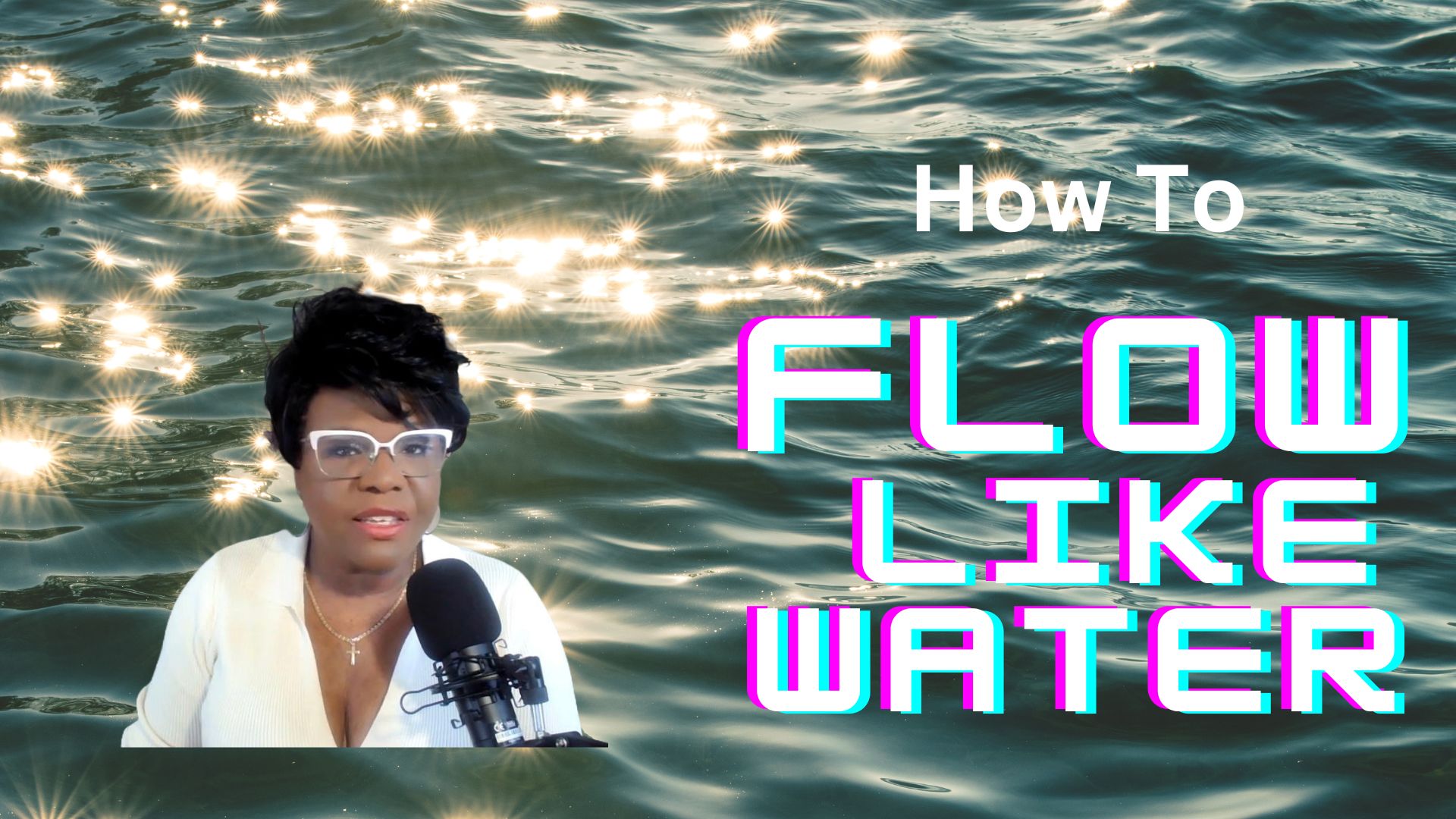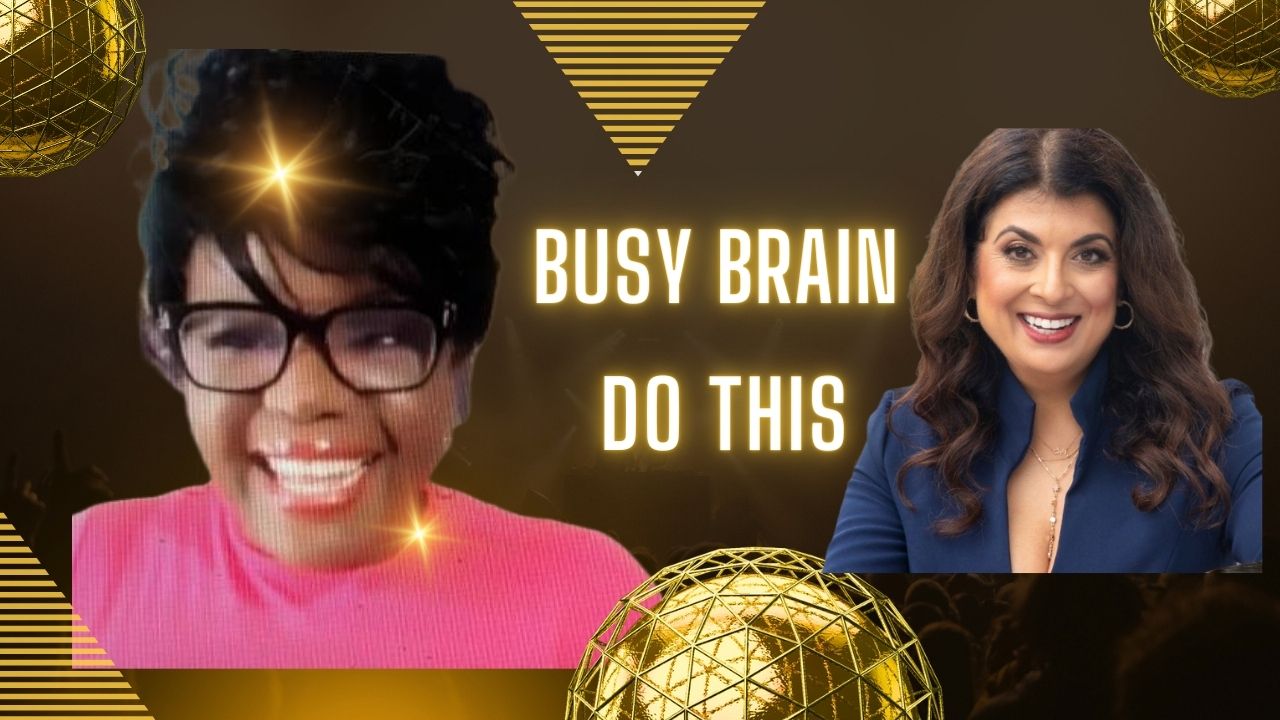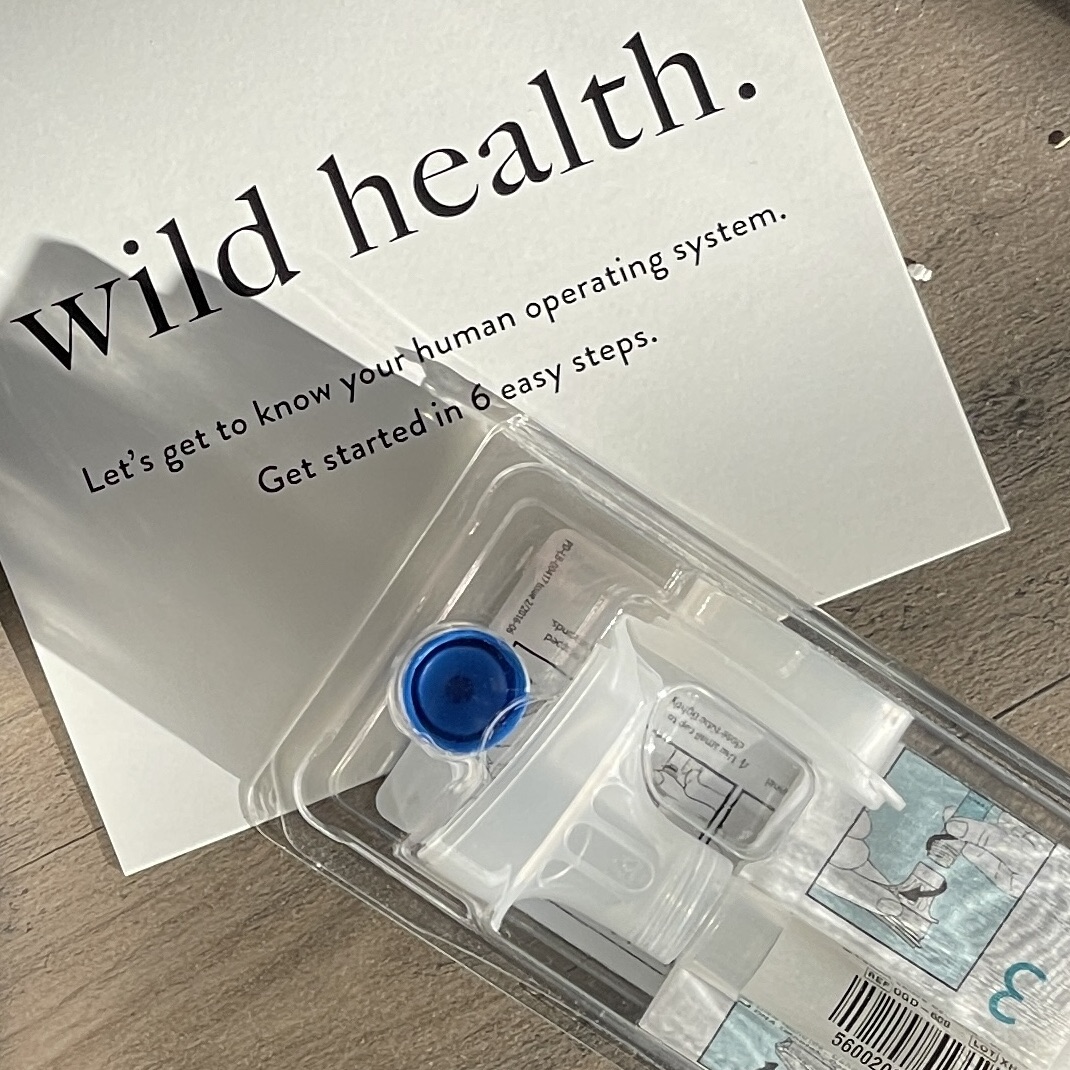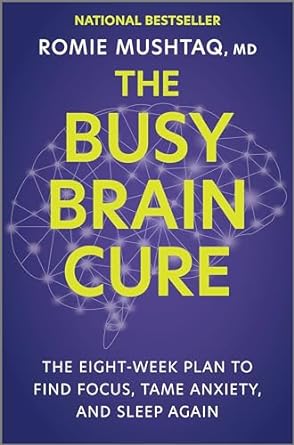In this podcast, coach Myrna shares how she found her, life purpose. We're going to talk about the shocking truth about finding your, life purpose. There's a lot of pressure to find your, life purpose. You've probably heard the saying, “when God says go, just go.” But is that really the best advice?
Download the podcast here:
How to find your life purpose
In this conversation, we're going to explore the truth about finding your life purpose, and how to overcome any fears or doubts you may have. Back in 2000 God spoke to me and told me to Go that the USA is my, promised land, my land of milk and honey that I should leave my home in Toronto, Canada, my family, friends and Go.
He told me to go and he will show me the way when I get there. So, I packed my bags and moved to Florida and God did as he promised. He showed me the way. He ordered my footsteps. I just followed my intuition and looked for guidance. God said if you GO, I will make you a great nation, and I will make your name great. Today my podcast and my name Coach Myrna, is great, it is heard in 156 countries around the world. Don't wait any longer, listen to this podcast and find out how to find your, life purpose.

Synchronicity and purpose
The first thing I did when I got to Florida was to look for an office for my limousine service business. I found an office for my business, but it did not come with parking for a stretch limousine. I couldn’t find a place to park my limousine, so I had the brilliant idea to park it in a church parking lot. My reasoning was that church is only on a Sunday! they are not there during the week.
I promptly received a call from the Senior Pastor who told me if I wanted to park my limousine in the church parking lot, I should write a proposal of what I intended to offer in exchange. When I went to the church to drop off my proposal, I met the pastor who invited me to church. That started my relationship with Living Word Fellowship church, a relationship that was instrumental in the success of both me and my daughter, who was 11 years old at the time. That was God showing me the way, that was synchronicity.
I just kept moving forward only seeing the next step and never the entire staircase.
My life purpose was to become a Life coach and reach the world
Then God told me Go become a Life coach, I listened and that was also God ordering my steps because the month I graduated from Life coach school with my coaching certificate, was the same month I got fired from my corporate job. I became a self-employed Life coach and again God showed me the way. Someone invited me to be a guest on a radio show, and the radio station WDJY 99.1 FM Atlanta, offered me my own show. Then I heard about podcasting and stared a podcast then I received an email invitation for a TV show on PTWWNTV.
None of this was shown to me when I packed up and left Toronto. God said GO and I went.
Each step along the way God tested me by seeing if I was willing to do the work, he had to see what I was willing to sacrifice. I had to go through the wilderness. God said before I give you a lot, I have to see what you do with a little.

Go: God will show you the way
I remember when I was so broke and had no money for food or gas. I had worked all week and didn’t make a sale, so I didn’t get paid. God said GO to the ATM. I didn’t think I had any money in the bank, but I went and found I had $40 in my account. Don’t even know where it came from. I was ecstatic.
My life continued to be filled with favor and synchronicity.
I shared my story to encourage you to Go: God will show you the way. Pick up a copy of my book Out of the Snares a story of hope and encouragement and see how God showed me the way.
I believe that I was born to bring light to others, that’s my Life purpose
What’s your purpose?
We see things not as they are but as we are.
You have to believe in the promise. God said I know the plans I have for you plans to prosper you and not to harm you, plans to give you hope and a future.
If you don’t believe in the word or the spirit what God said about you, then you will Never receive the promise.
Have faith believe in the promise
For example, You have to believe in the word, the gesture and the spirit that God will turn every weapon formed against you for your good.
Everything God is going to do for you is already set aside, but sometimes he takes you the long way. The Israelites wandered in the wilderness for 40 years, that was not the direct route. Just keep asking yourself, what is my purpose.
Just Go, and he will show you the way.
Additional Resources



